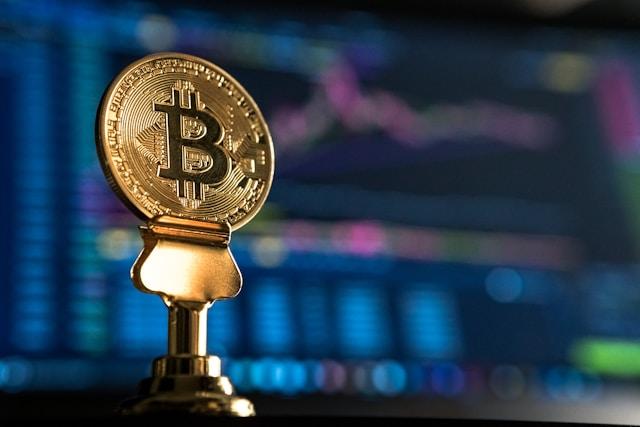Ever since May 2022, the cryptocurrency marketplace has been confronting a bearish trend. Of course, bullish runs have striven to insert themselves midway, sometimes. However, they have not managed to make much of a difference to the dismal scenario. Investors have been incurring significant losses.
Inflation and Cryptocurrency Markets
What is Inflation?
Inflation is a process. Here, a traditional currency (Euro, dollar, etc.) reduces in value, over time. As a result, the prices of commodities or consumer goods, go up. It is why people have been turning towards cryptocurrencies. They can avoid the adverse effects of inflation, better than fiat currencies do. They have been designed to confront low and predictable rates of inflation. Bitcoin, especially, has always been considered a hedge against inflation. Everything about Bitcoin, and its superiority over other digital currencies, may be found at Bitcoin Trader.
Bitcoin and Inflation
The U.S. dollar is not as valuable as it used to be. In contrast, Bitcoin, which was deemed worthless in 2010, has risen steadily in value. A decade later, its pricing stands at $20,000, and beyond. True, the cryptocurrency has experienced upswings and downswings. Nonetheless, the trendline has generally moved in the upward direction. It is why investors feel that it is excellent for confronting inflation related to fiat currencies.
Of course, there is a strong reason for Bitcoin being able to resist inflation. There is only a limited supply of the coin in circulation. For instance, the amount stands at 21 million or so. The founders slash this mined quantity into half, every four years. They do not permit mining of new coins, either. Thus, Bitcoin’s inflation is also on a downswing.
Bitcoin and Inflation
Sometimes, fiat currencies encounter high inflation rates. Then, investors might be tempted to grant greater importance virtual currencies. It is because the traditional currencies (Euros, dollars, etc.) residing in their savings accounts are reducing in value. High-class cryptocurrencies, such as Bitcoin, Ethereum, etc., seem like healthy alternatives. Their designs seem to carry features that are resistant to the unhealthy effects of inflation.
It helps that governments may not manipulate digital currencies, especially Bitcoin, to suit their own ends. It is not possible to bring Bitcoin into the scenario of excessive printing of notes, or adjusting interest rates. It does not prove useful for fulfilling policy goals.
Conventional wisdom states that Bitcoin must display an upswing in pricing, during times of marketplace uncertainty. In other words, it should behave similarly to gold and other assets of value. After all, they are scarce in supply, compared to other assets. However, Bitcoin seemed to defy conventional wisdom during the ongoing pandemic. It fell in value, along with the fall of the stock market. It was an unhappy time for investors/traders, for they loved the fact that digital currencies were easier to store than traditional assets. They were also easier to transfer, thanks to the Internet.
Another point in Bitcoin’s favor, is scarcity in supply. As mentioned earlier, the founders have set a limit on it. They would like to stop at the mining of 21+ million coins. Thus far, around 19 million have been mined, and are in circulation. Miners discover a new block, once in ten minutes. This way, they add 6.25 BTC to the Bitcoin network.
Bitcoin and Inflation in the U.S.
An analyst from Arcane Research, Verle Lunde, has been observing the co-relation between inflation data in the U.S. and Bitcoin’s performance in the marketplace.
Whenever the U.S has released data about inflation, it has coincided with volatility in the cryptocurrency marketplace. Two such recent releases have created chaos. One CPI (consumer price index) release was in May 2022. Then, Bitcoin’s value had dipped by 6%. At that time, there had been the collapse of two coins – Luna and UST. They had probably triggered the crash of BTC, too.
Another release had been in June 2022. At that time, BTC took a downward swing of 3.4%. It proved to be the catalyst for the liquidation of 3AC (Three Arrows Capital). In turn, this created havoc in the lending sector of the crypto arena. Even digital currencies had brought withdrawals to a halt, for recouping losses incurred in the global marketplace. Several companies experienced a liquid crunch.
















